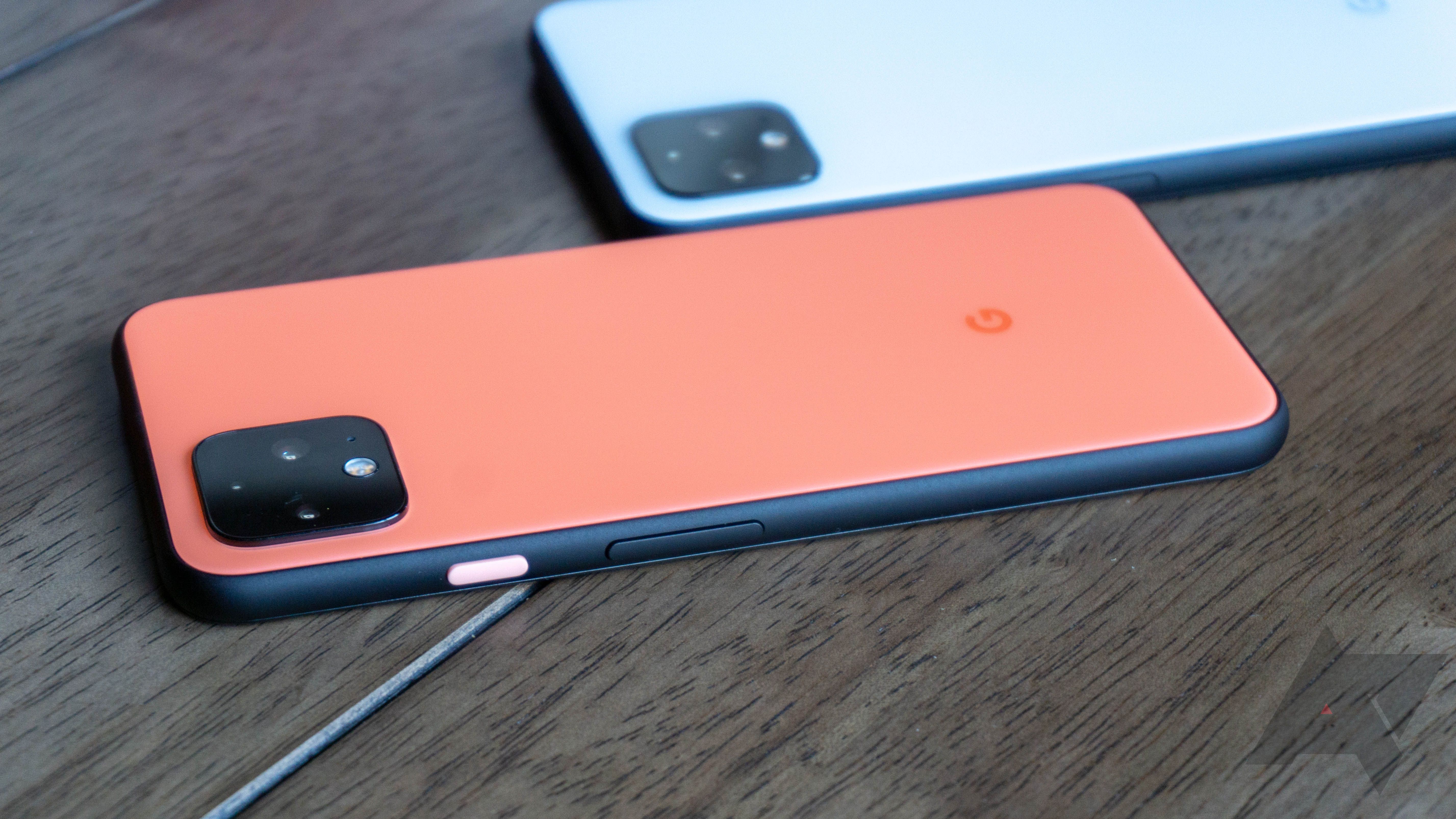This weekend, I watched a clip of The Verge’s podcast featuring one of Google’s product managers for the Pixel 4, Isaac Reynolds, discussing the decision to omit 4K 60FPS (and 4K 24FPS) video recording from the phone. In and of itself, I don’t think it’s a very interesting topic, and I don’t believe anyone thinks Google made the “right” call in excluding it. But Reynolds’ answer regarding that decision hinges on an argument Google has abused for years: 80% of people will never use this feature.
I suspect the 80% rule (which I'm guessing is also the 85/90/95% rule, depending on who you ask) is an unspoken philosophy at Google. The idea that products should be built to serve the vast majority of users, versus seeking to satisfy a never-ending list of edge cases, holds obvious appeal for managers and engineers alike: it prevents mission creep, keeps resources focused on critical projects, and reduces legacy support burden. As Google should well know, the feature you never give a user is the one you never have to take away. As an operating policy, it’s tidy, it’s clever, and it probably makes sense in a lot of the software Google develops. But in the world of hardware, Google’s logic is plainly failing to hold water, and it’s no more apparent than in the company’s newest phones.
The Pixel 4 and 4 XL both suffer from poor to mediocre battery life. At a time when Apple has three cameras on the back of its latest phones, Google’s have just two. The Pixel 4 can charge at a respectable 18W, but Apple’s newest iPhones can go even faster. Apple’s new iPhones can be configured up to 512GB, while the Pixels top out at just 128GB. And when compared to Google’s Android partners like Samsung and OnePlus, the Pixels stack fall short on RAM, storage, battery, number of cameras, and display size across the board. I don’t know that anyone needs 12GB of RAM in a phone, but given the Pixel’s long standing reputation for middling memory management, perhaps the back of the bottom line wouldn’t have been broken by opting for, say, 8GB of it on your $900 smartphone.
Like that 4K60 video recording, I think Google’s reasoning for avoiding a war of escalation on specifications and features lies not in cost, complexity, or technical know-how. I believe that this is very specifically a manifestation of a philosophy which seeks to do the most with a product by doing the least, a kind of minimalism that is distinctly Googley. Yet, it’s become increasingly clear that this is not a tenable strategy for Google. With all the data in the world supporting the premise that the Pixel 4 provides a smartphone experience which 80% of people should be happy with, there is no escaping that 20% who are, by and large, the people telling that 80% what is and is not a good smartphone to buy. And as a member of that 20%, the Pixels this year fall into the “is not” camp.
The most egregious of the company’s faults has doubtless been in the realm of battery life. For all Google has done to make Android less thirsty over the years, much like an engine, there is really no replacement for displacement when it comes to batteries. Apple’s iPhone 11 Pro Max has a battery 260mAh larger than the Google Pixel 4 XL, and iOS has consistently been far more efficient per-mAh for basically as long as Android has existed. My iPhone 11 Pro Max lasts the better part of two days on a charge, while my Pixel 4 XL barely makes it to dinner most evenings. And why? Because Google thinks this is good enough for most people. When making a product good enough for everyone is clearly possible by just jamming a bigger battery in the damn thing, this explanation truly is nonsense. And if Google is going to throw weight and thickness into the conversation, please: the iPhone 11 Pro Max weighs 33 grams more than the Pixel and is even thinner. Nobody is going to take ten pennies of weight savings over a phone that can actually get you through a day. This is a non-argument.
As for Google’s whole explanation about 4K60 video taking up too much storage for a use case too few people even want: maybe consider offering more storage? Samsung upped to a minimum of 128GB this year, and goes all the way up to an absurd 1TB. I’m not saying I need that much, but come on, Google: even I managed to tick over the 50% mark on my 4 XL in under a month of using it. As the size of our apps, games, photos, and videos grow, so too should the capacity of our phones. These things aren’t rocket science, and I imagine any competent consultant doing a competitive market analysis would tell Google that. There are obvious solutions to the problems Google claims it's having.
I could go on at length about this. About adding more cameras, about faster charging, additional RAM, and the positively endless list of feature requests Google has tut-tutted over the years (like USB video output). But until the fundamental approach to the way Google builds a phone changes, it seems we’re always going to end up back here, screaming into the void. Let's hope 2020 will be the year 80% of people finally start caring about decent battery life. More likely, though, it will just be yet another year none of those 80% buy Pixels anyway. Maybe Google would do better to focus on convincing that inconsequential 20% of us first.

